| Wednesday, November 11, 2020 | |
| 07:00 | Registration and welcome coffee |
| 09:00 | Opening remarks by SEMI |
Executive Keynote Session |
|
| Chair |
Steffen Kroehnert, President and Founder, ESPAT-Consulting - Steffen Kroehnert
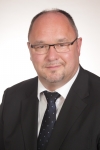
 Biography |
| 09:05 | Introduction by Session Chair, Steffen Kroehnert, ESPAT-Consulting |
| 09:10 | Keynote |
Advanced Packaging Market, Thibault Buisson, COO, Yole Développement |
|
| 09:35 | Keynote |
Heterogeneous Integration Roadmap (HIR), Bill Chen, ASE Fellow, ASE Group |
|
| 10:00 | Keynote |
Packaging in Europe - Micro balling on chips with a high Ball-count for Space applications - an extension of the process capabilities at AEMtec, Dan Negrea, SVP New Technologies, AEMtec |
|
Hybrid Live-Virtual Session |
|
| 10:50 | Coffee break |
Packaging Technology & Processes |
|
| 11:20 | Introduction by session Chair, Frank Kuechenmeister, GLOBALFOUNDRIES |
| 11:25 | Challenges for Heterogeneous Integration in Package – Applications driving Materials and Processes towards Diversity |
Thorsten Meyer, Lead Principal Engineer, Infineon Technologies Challenges for Heterogeneous Integration in Package – Applications driving Materials and Processes towards Diversity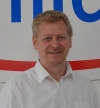
 Abstract Biography |
|
| 11:50 | Flip-Chip Scale Package(FCCSP) Process Characterization and Reliability of Coreless Thin Package with 7nm TSMC Si |
Eduardo De Mesa, Package Engineer, Intel Deutschland GmbH Flip-Chip Scale Package(FCCSP) Process Characterization and Reliability of Coreless Thin Package with 7nm TSMC Si
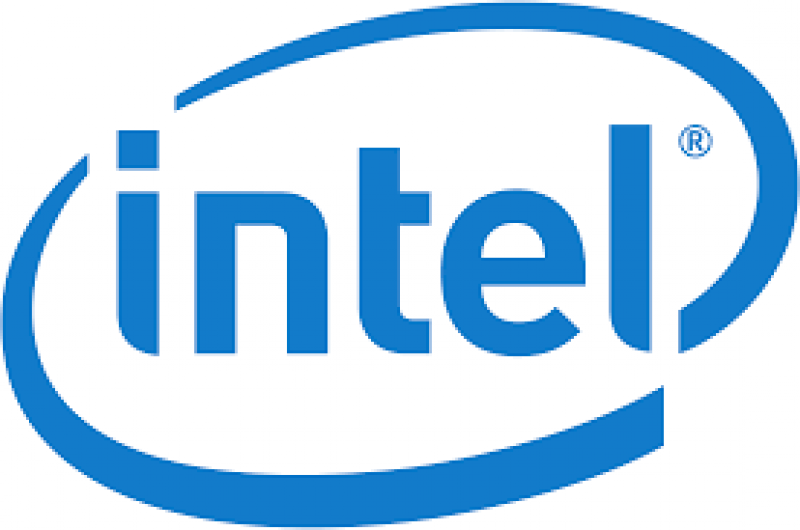 Abstract Biography |
|
| 12:10 | Active Mold Packaging for novel Antenna-in-Package interconnection and manufacturing |
Florian Roick, Business Development Active Mold Packaging, LPKF Laser & Electronics AG Active Mold Packaging for novel Antenna-in-Package interconnection and manufacturing
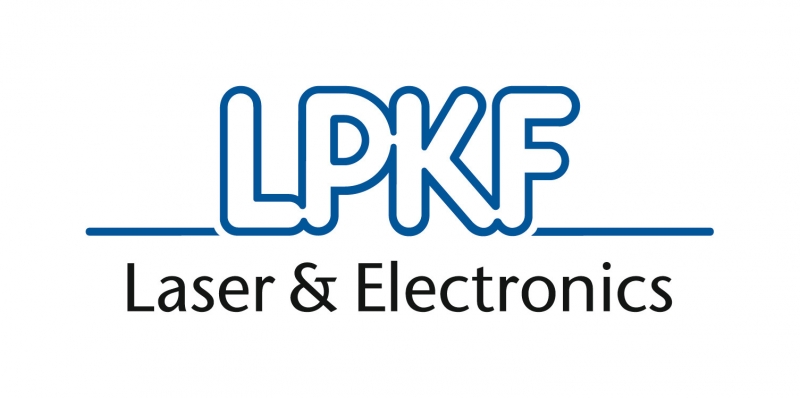 Abstract Biography |
|
| 12:30 | High throughput & high yield heterogeneous integration with implemented metrology for collective D2W Bonding |
Elisabeth Brandl, Business Development Manager, EVG High throughput & high yield heterogeneous integration with implemented metrology for collective D2W Bonding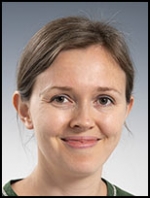
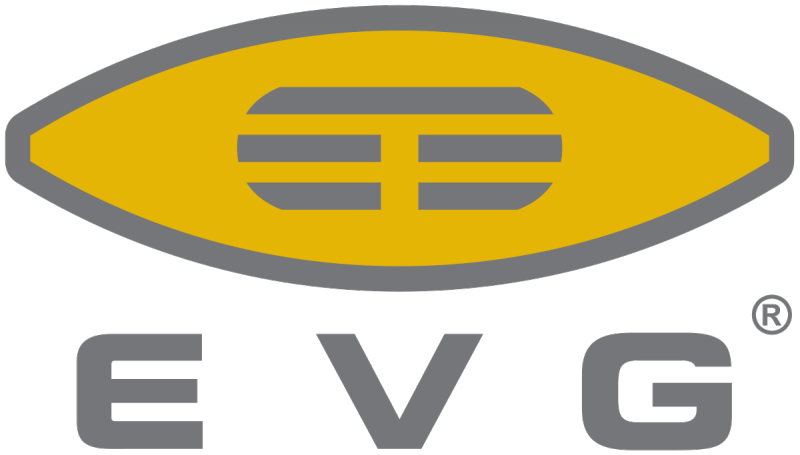 Abstract Biography |
|
| 12:50 | Vertical stacking of controller IC on a copper clip attached on MOSFET as a space-saving solution for high current switch e-fuse applications |
Alastair Attard, Sr. Technical Program Manager & Assembly Business Development, United Test and Assembly Center Ltd Vertical stacking of controller IC on a copper clip attached on MOSFET as a space-saving solution for high current switch e-fuse applications
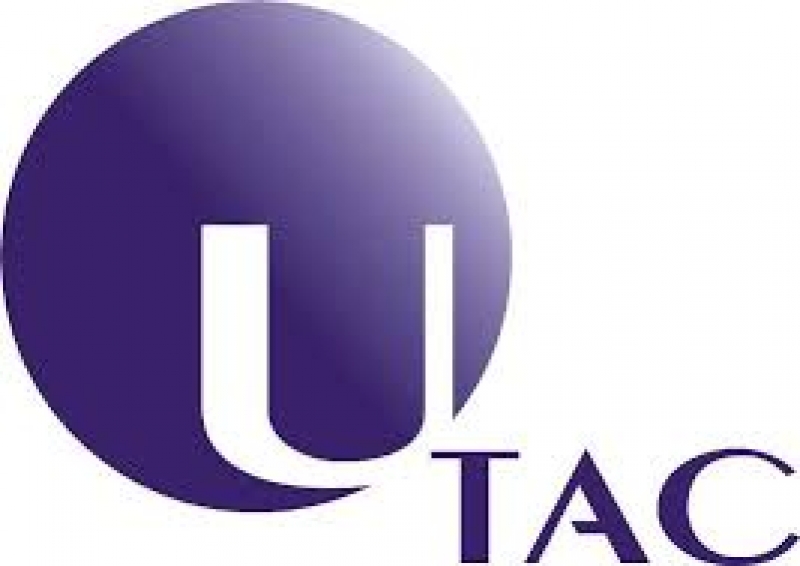 Abstract Biography |
|
| 13:10 | Lunch break |
Package Simulation, Evaluation & Characterization |
|
| 14:10 | Opening remarks by session chair, Andy Miller, imec |
| 14:15 | Keynote |
Keynote Presentation: Dr. Christian Hoffmann, Principal Engineer - New Technology Business Development, Qualcomm Germany RFFE GmbH |
|
| 14:40 | New solutions for plasma dicing, and new solutions for processing of SiC wafers ranging from ingot splitting, grinding, polishing to high speed and chipping free dicing. |
Gerald Klug, General Sales Manager, DISCO Hi-Tec Europe GmbH New solutions for plasma dicing, and new solutions for processing of SiC wafers ranging from ingot splitting, grinding, polishing to high speed and chipping free dicing.
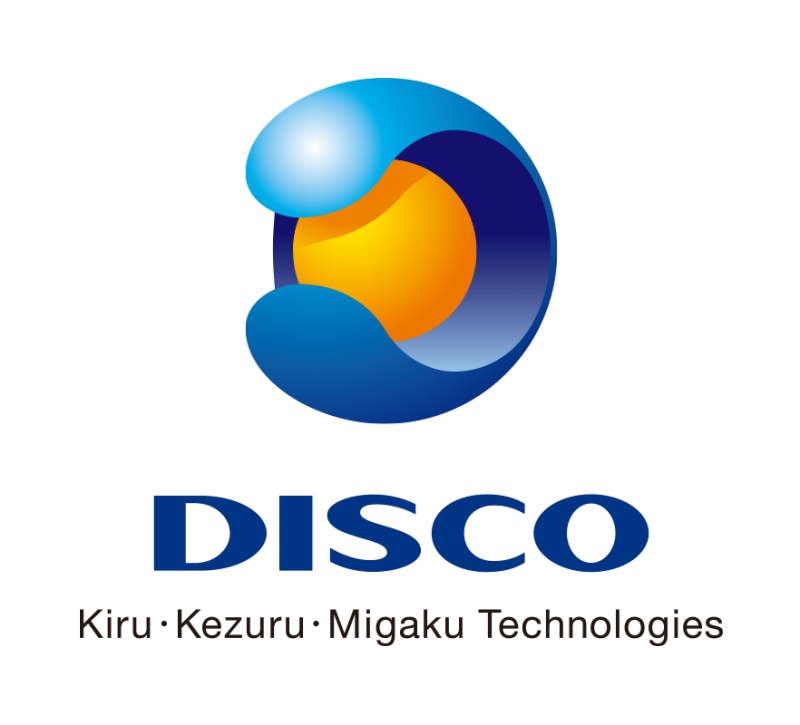 Abstract Biography |
|
| 15:00 | Virtual Prototyping for System-in-Package with Heterogeneous Integration - Enabler for faster Time-to-Market |
Ghanshyam Gadhiya, Research Associate, Fraunhofer ENAS Virtual Prototyping for System-in-Package with Heterogeneous Integration - Enabler for faster Time-to-Market
 Abstract Biography |
|
| 15:20 | Innovative Packaging and Evaluation Approach for an Universal Sensor Platform |
Carsten Brockmann, Group Manager Sensor Nodes and Embedded Microsystems, Fraunhofer Institut für Zuverlässigkeit und Mikrointegration Innovative Packaging and Evaluation Approach for an Universal Sensor Platform
 Abstract Biography |
|
| 15:40 | Coffee break |
New Material Developments |
|
| 16:10 | Opening remarks by session chair, Peter Cockburn, Program Manager, Cohu, Inc. |
| 16:15 | Heterogeneous Integration - The New Driver of Innovation and Growth |
Rozalia Beica, Chief Sales Officer, Semiconductor Division, AT&S Heterogeneous Integration - The New Driver of Innovation and Growth
 Abstract Biography |
|
| 16:40 | Enabling Assembly and Packaging Material Developments for Next Gen RF Devices, Antennas and Radars |
Ruud de Wit, Business Development Manager EMEA, Henkel Belgium NV Enabling Assembly and Packaging Material Developments for Next Gen RF Devices, Antennas and Radars
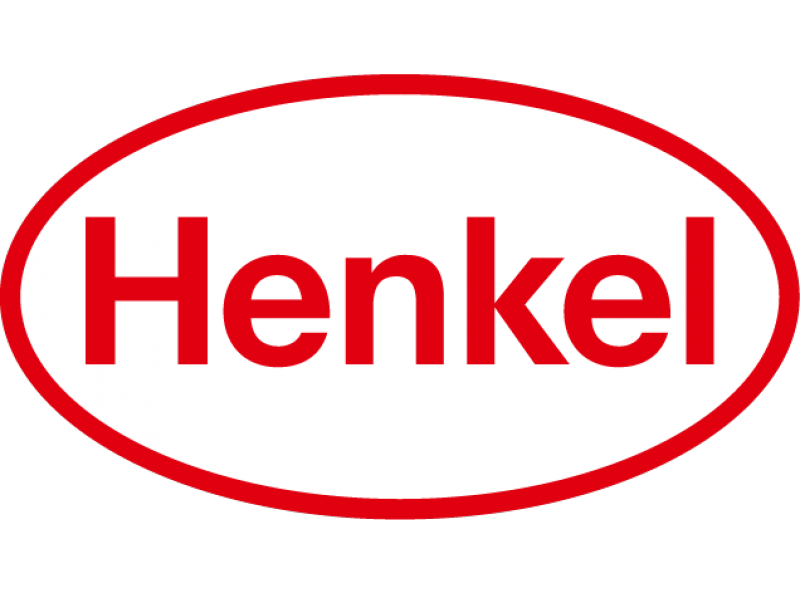 Abstract Biography |
|
| 17:00 | Development of a foil based flexible interposer for power conditioning IC in energy autarkic systems |
Erwin Yacoub-George, Scientist, Fraunhofer EMFT Development of a foil based flexible interposer for power conditioning IC in energy autarkic systems
 Abstract Biography |
|
| 17:20 | Sponsored presentation coming soon |
| 17:40 | Holistic thermal material characterization approach for thermal performance optimization of electronic packages |
Tobias von Essen, Head Of Marketing, Berliner Nanotest und Design GmbH Holistic thermal material characterization approach for thermal performance optimization of electronic packages
 Abstract Biography |
|
| 18:00 | Final opportunity for Q&A |
| 18:20 | Final remarks and End of conference |